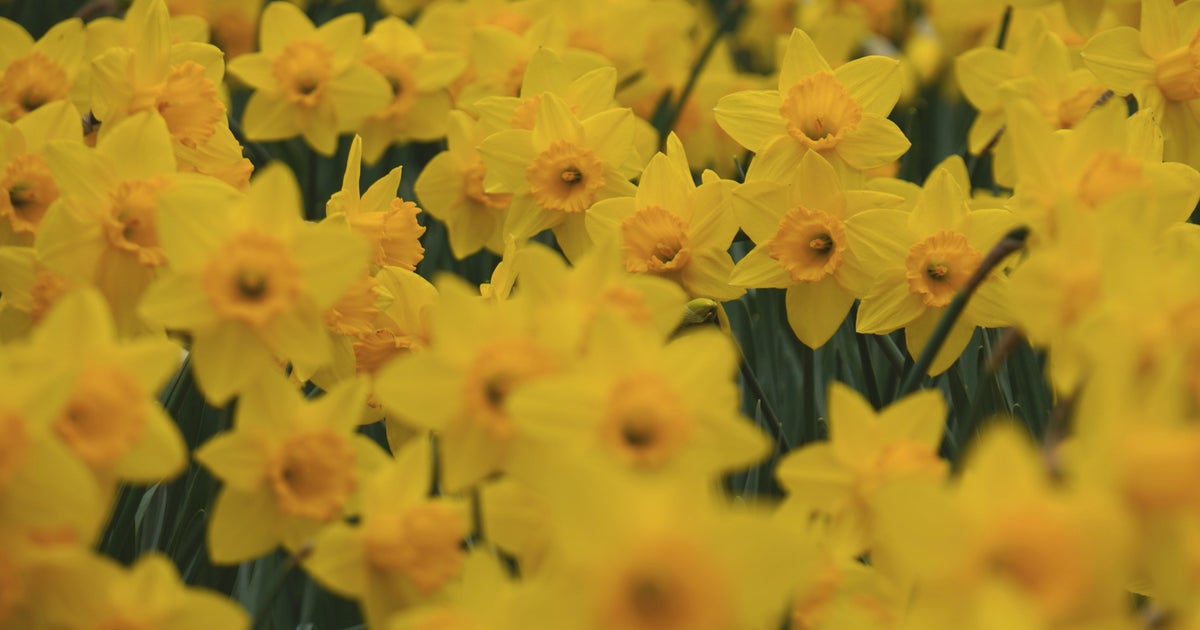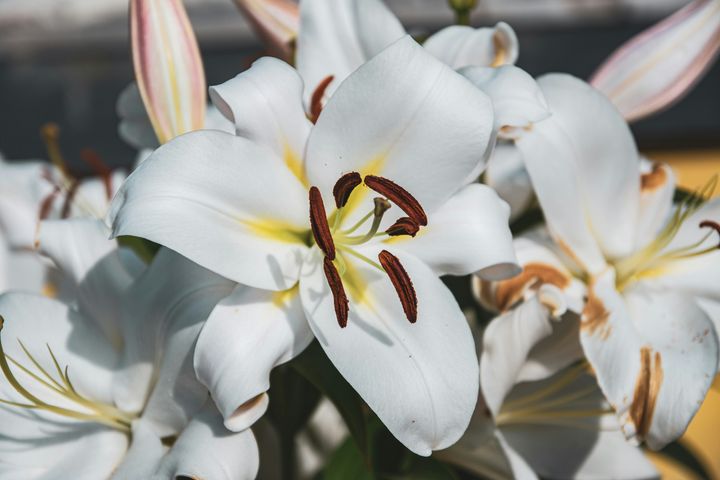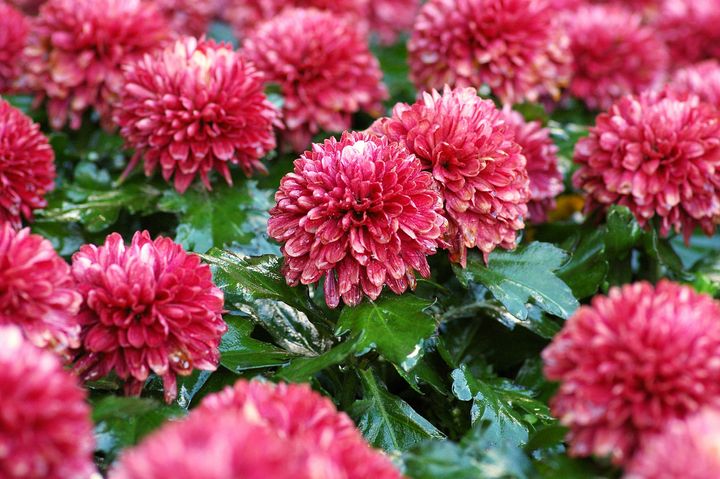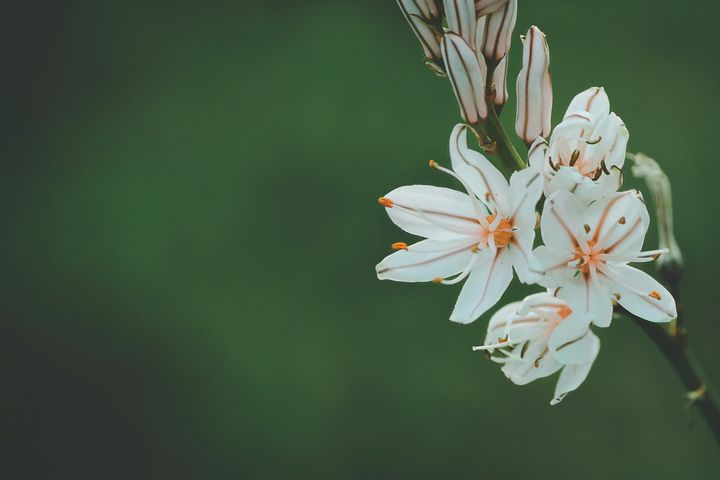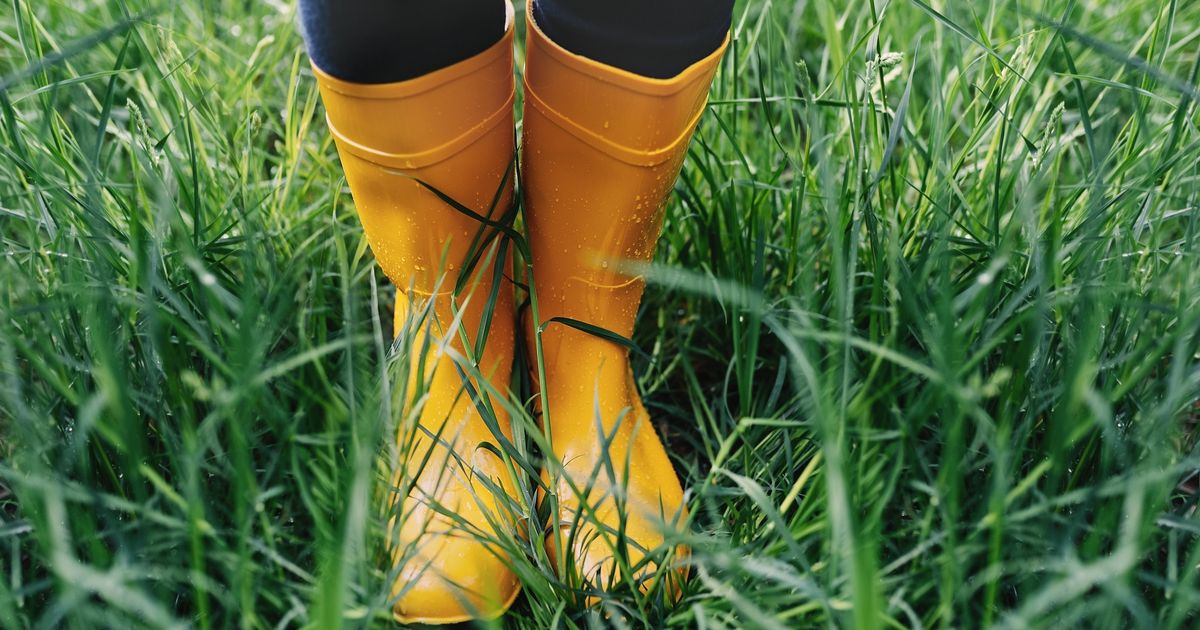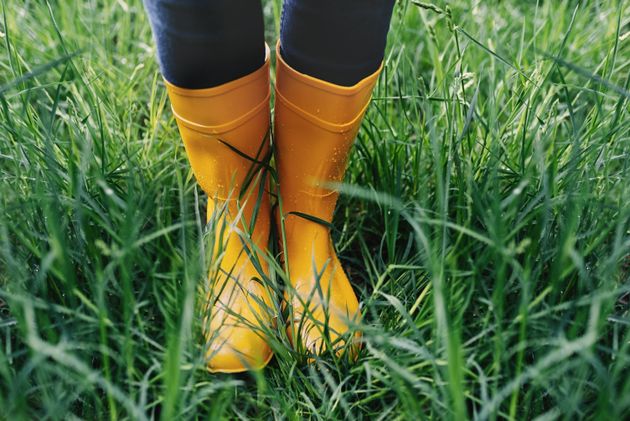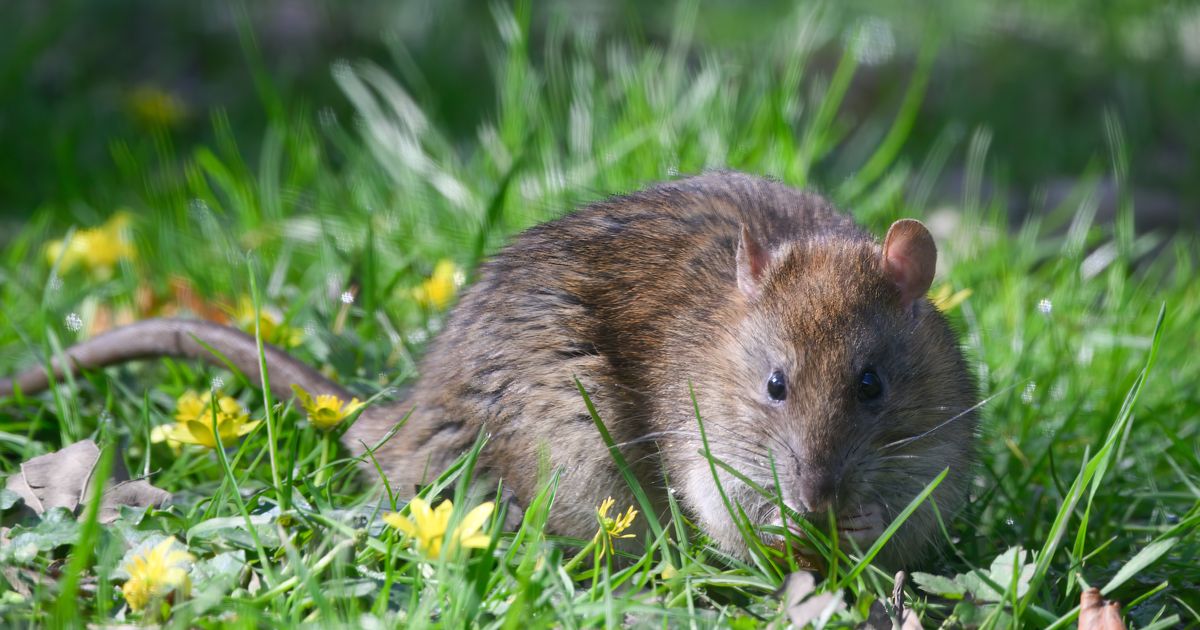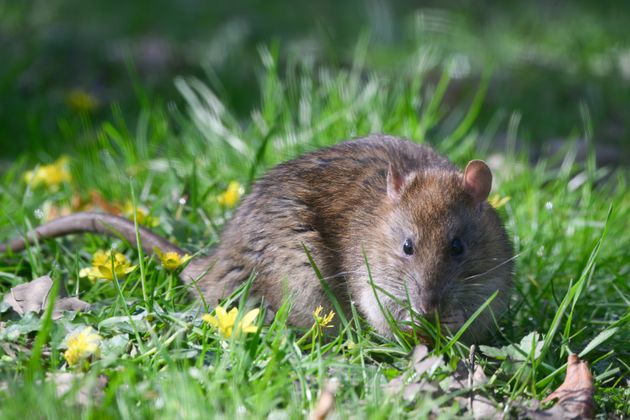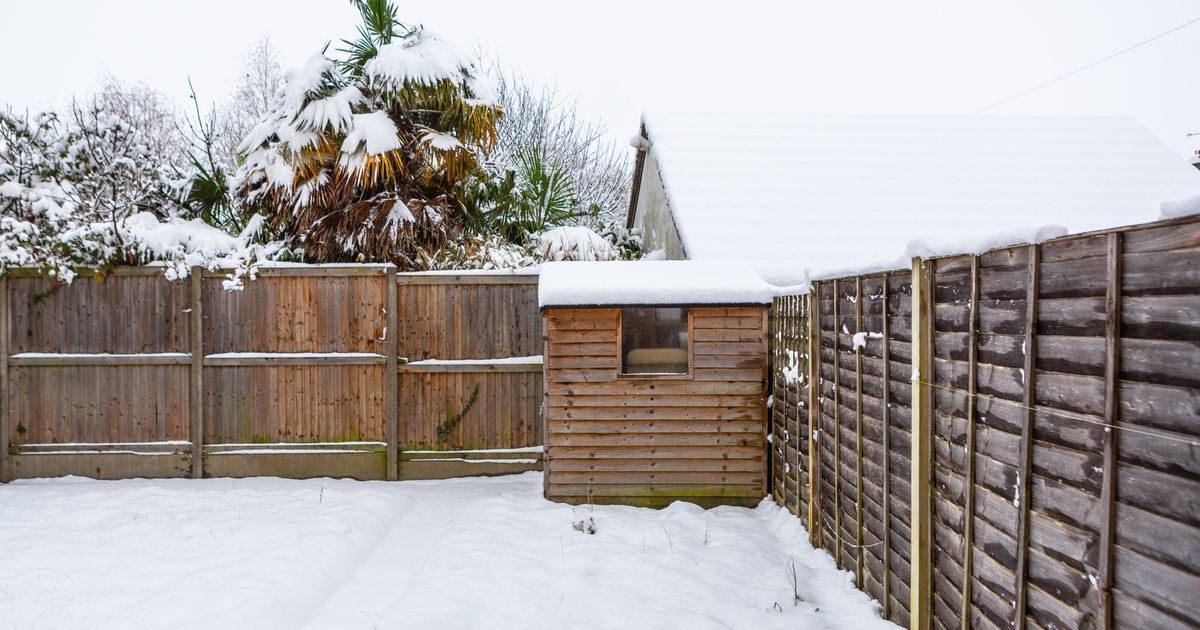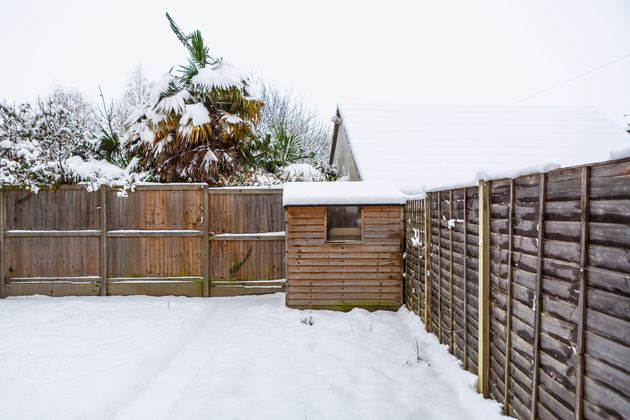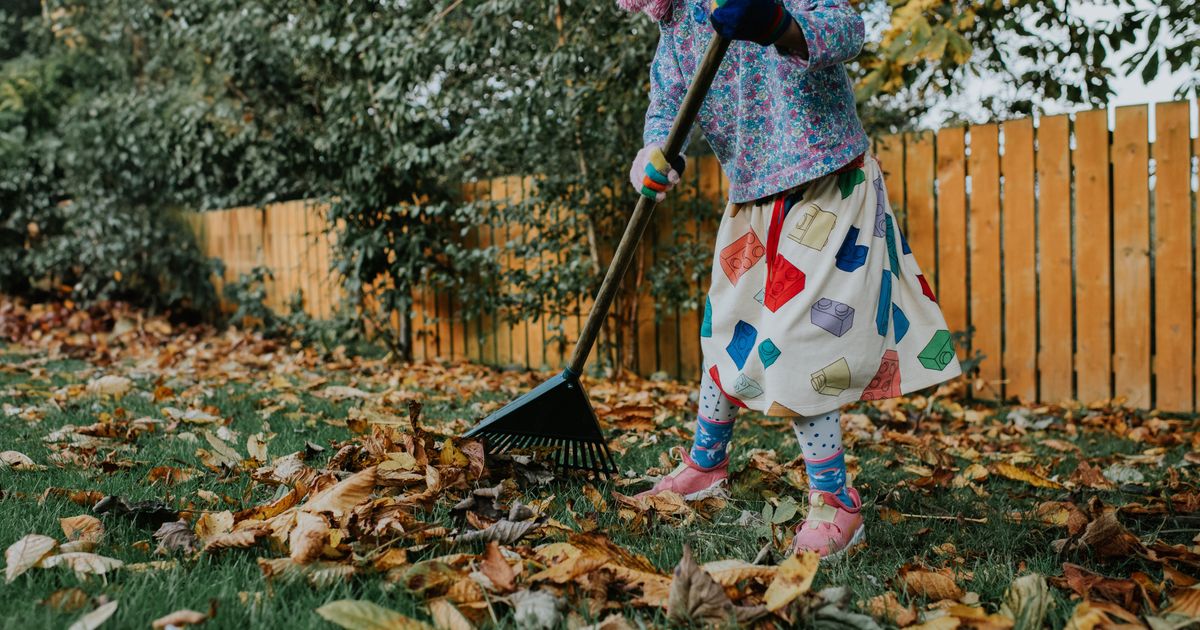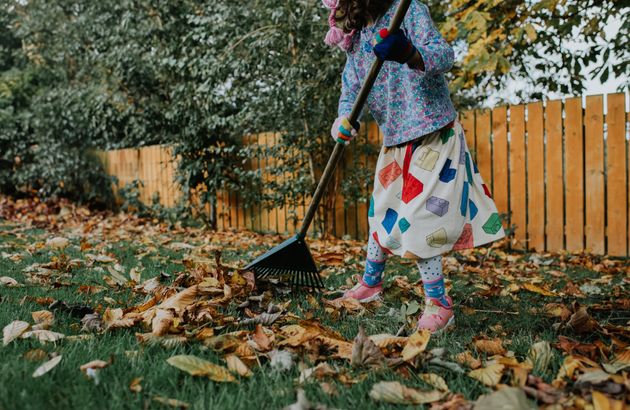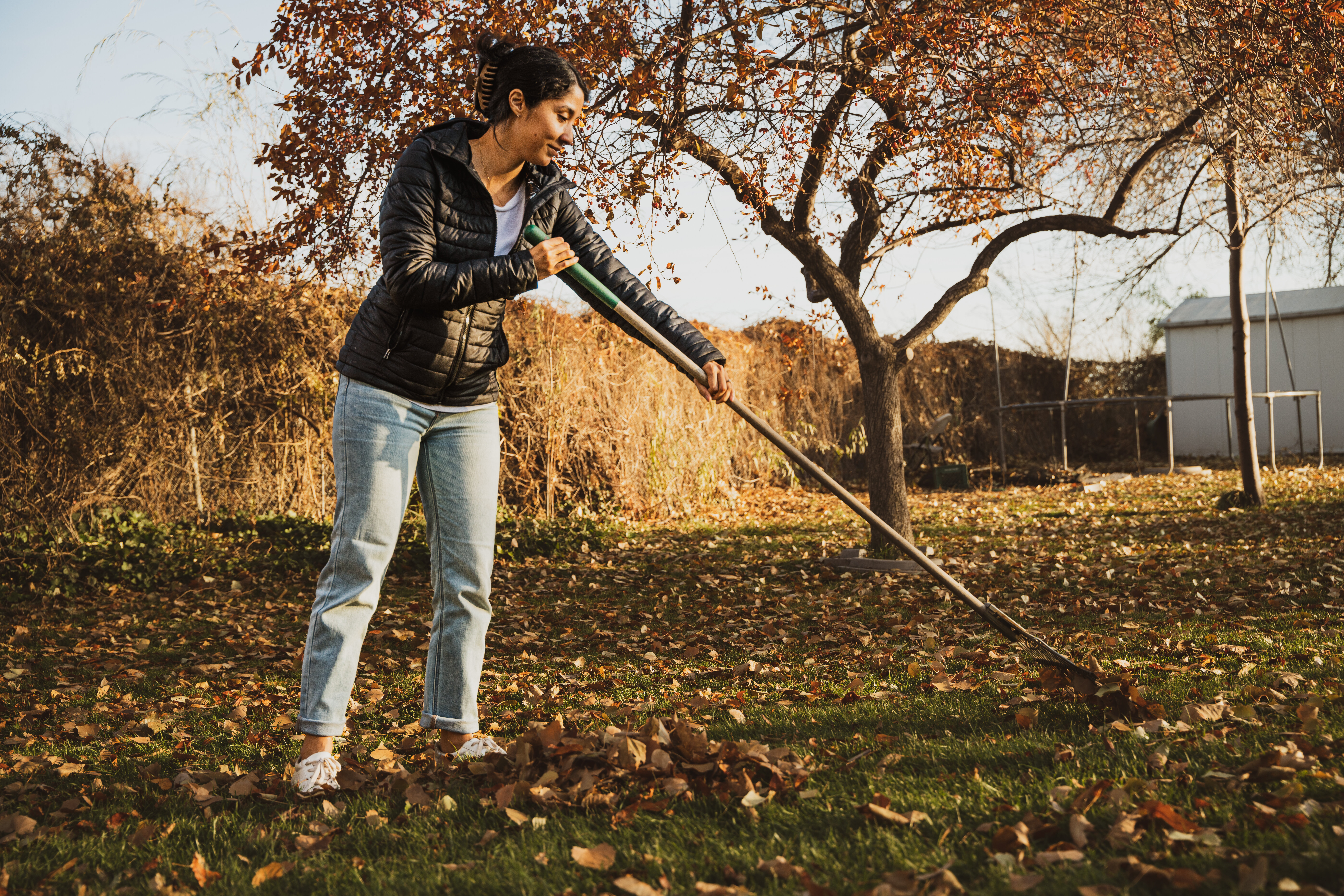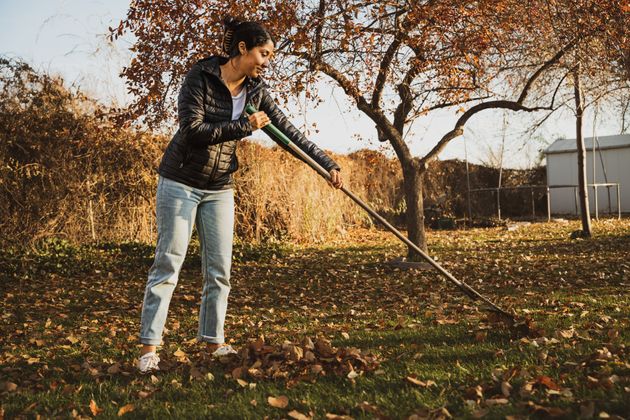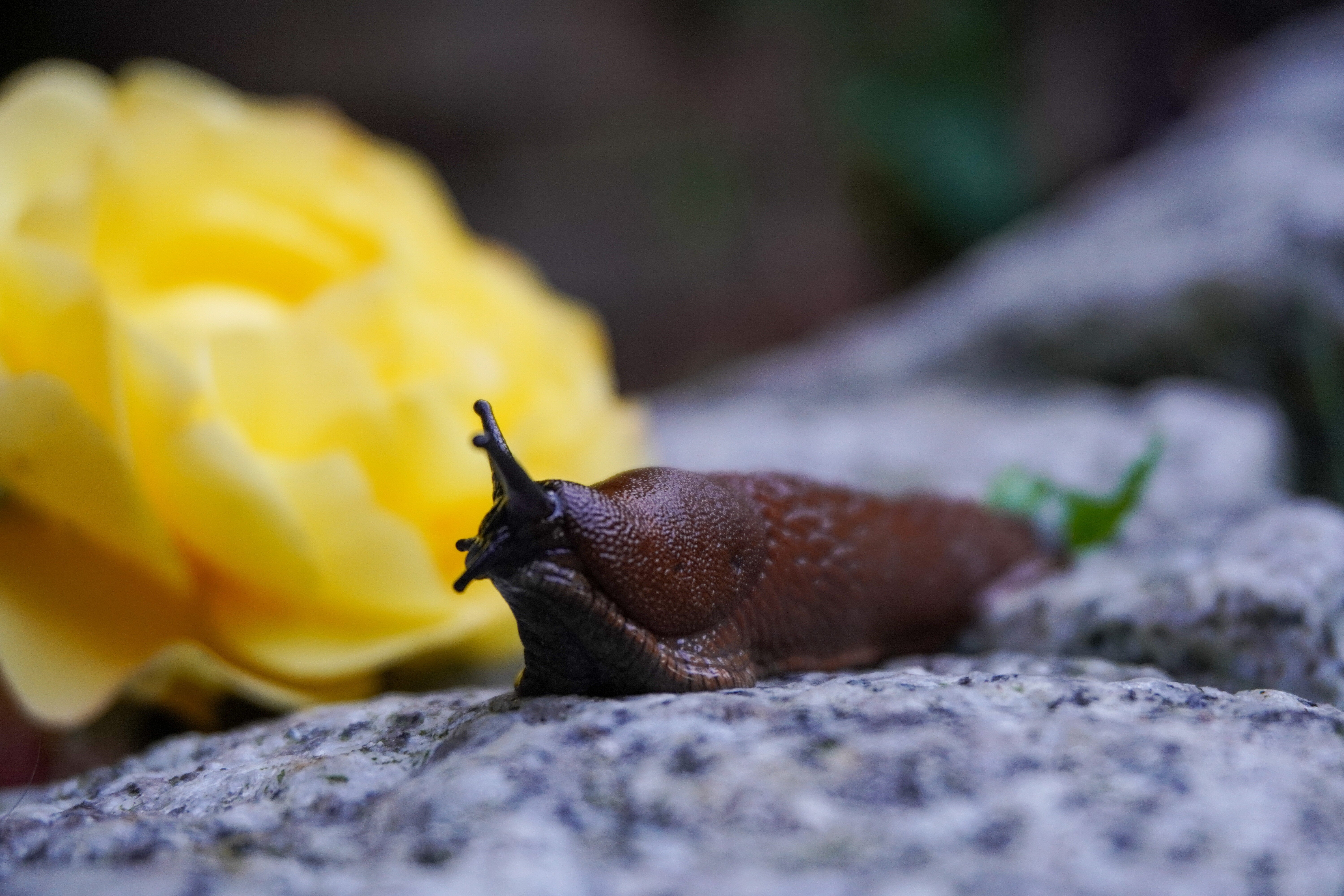
There are no two ways about it: some slugs can be disastrous for your garden. Between eating your veggies, boring holes in your hydrangeas, and even tunnelling into your tubers (yes, really), the legless leaf-lovers have historically been the enemy of the common British gardener.
Of course, we now know that slugs have their part to play in the ecosystem (even if you wish they didn’t play it so close to your radishes). They’re a vital food source for Britain’s rapidly-decreasing bird population; they do a great job at composting; and they help the overall biodiversity and ecological balance of your lawn (never a bad thing).
Advertisement
Cruelty-free hacks to remove slugs from your garden include putting a scooped-out melon in your yard overnight for the critters before removing the beast-filled rinds the next morning.
And while we love that hack, it seems there’s another, easier trick to keep your veggies slug-free – and it also helps with everything from scaring off birds to keeping deer away and even creating sunboxes.
Simple aluminium foil, it turns out, is the gardener’s best friend. So we thought we’d share some of its many uses:
Advertisement
1) It makes a great pest control
Herbicides can be harsher on your garden’s health than they are to the pests you want to target. “If you’ve got children, if you’ve got pets, you shouldn’t be using chemicals. But what’s worse is if you are using chemicals, you’re killing our pollinators, which we need for food production. I am very much against any chemicals and herbicides being used,” gardening expert Arthur Parkinson told HuffPost UK.
Thankfully, adding a bit of foil to your plants won’t kill off any all-important pollinators – it’ll just inhibit some slugs and other unwanted garden guests. “Reflective mulches repel invading insect populations,” the University of California shared.
And when it comes to slugs, the foil uses roughly the same logic as copper tape – “the metal causes a reaction with their mucusy bodies that they really don’t like,” Metro said.
Advertisement
Simply place some sheets of foil around the base of your plants for pest-repelling magic.
2) Tinfoil can create helpful sunboxes
If you’re worried your plants aren’t getting enough light, a little foil can go a long way. “Using aluminium foil can help you double the sun your indoor plants receive,” House Digest revealed.
This is because “its reflective properties will work as a mirror and reflect the light from the window to every niche and cranny of your indoor plants,” meaning you won’t have to turn your potted plants around as often to ensure every side gets as much light.
And they’re not just for indoor plants – “they also work to grow any seedlings indoors and help new plants from the nursery grow straighter and stronger.”
Advertisement
You can either assemble a tinfoil-lined box yourself using foil, tape, and cardboard.
3) Tinfoil can scare off birds and deer
Though it’s not really a good idea to scare off birds if they’re not causing a problem, under severe conditions, you can banish any unwanted birds by wrapping foil on or around your most-pecked plants. “Birds don’t like the feel of the foil under their beaks and will stay away,” Northwest says.
The trick also works for peckish deer, who HowStuffWorks says hate the shiny stuff. They advise wrapping foil around the stem of any deer-demolished plants: “The foil should at least be as high as your waist because deer are very adept (at) feeding on plants that are shorter than they are. This foil force field can also deter other pesky nibblers like mice and rabbits,” they say.
Well, I’m off to the kitchen…



